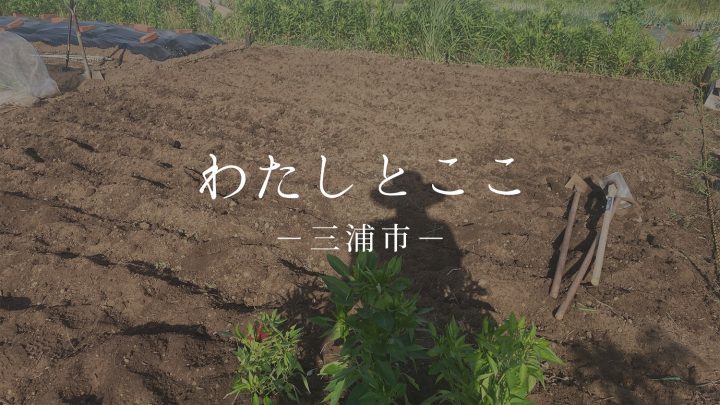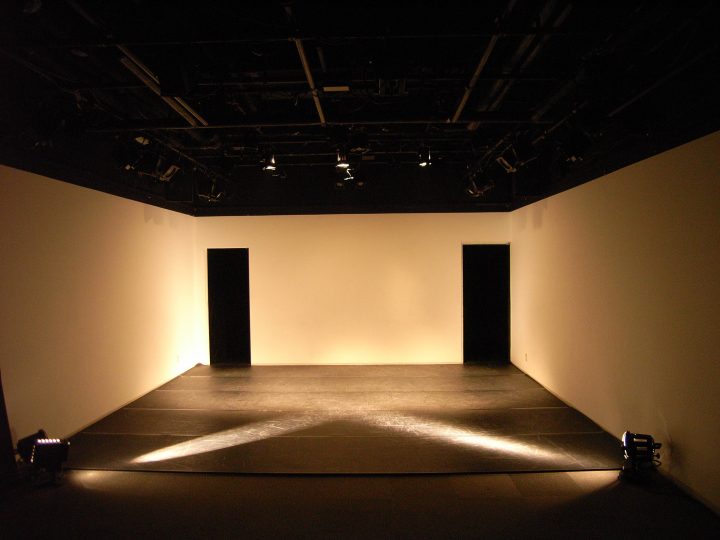ST Spot Yokohama's challenge started with a small theater!
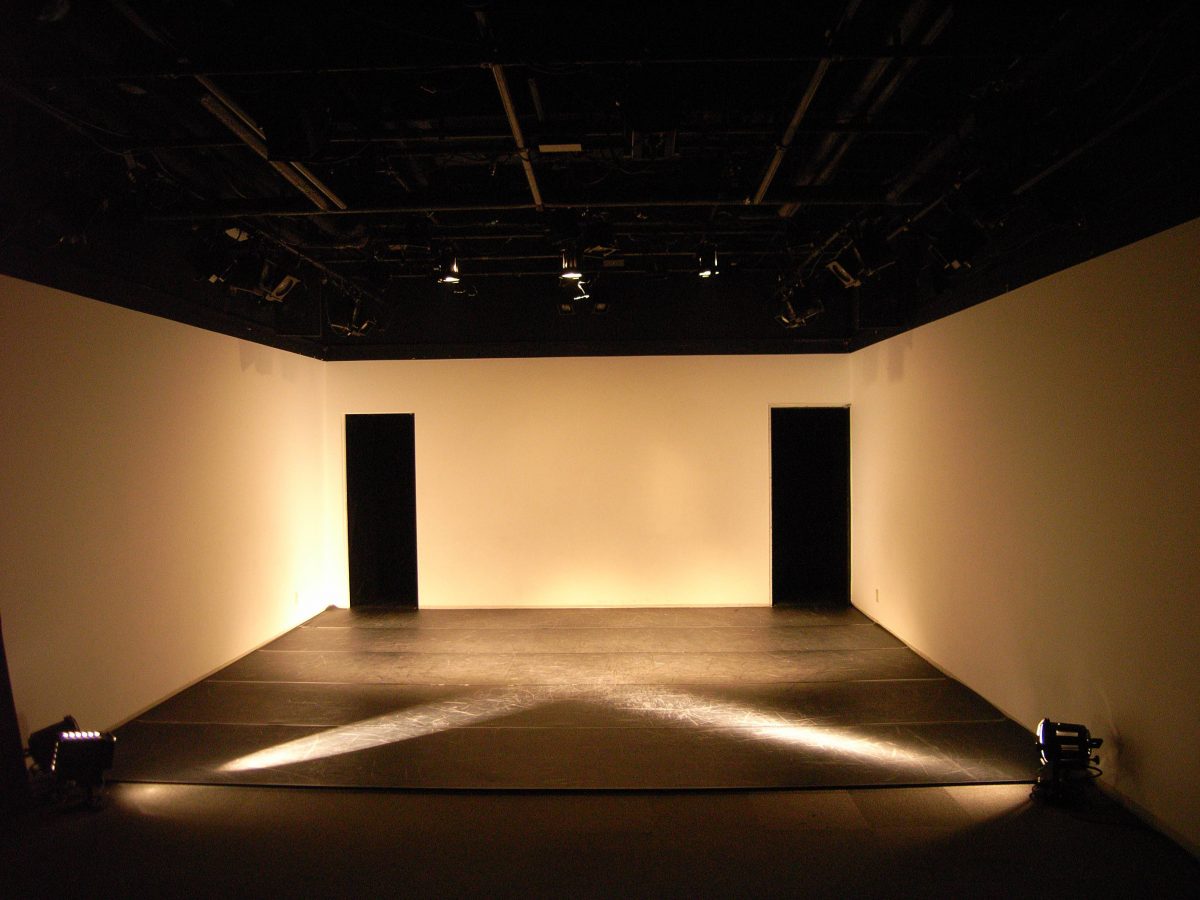
The place where plays are born
File.9 ST Spot Yokohama
Koichi Imai (editor/writer)
Did you know that there is a small theater called "ST Spot" in the basement of a building in the office district at the west exit of Yokohama Station? It has been open for more than 30 years. It has produced many artists, including the world-renowned playwright and director Toshiki Okada (Chelfitsch).
The theater is run by the NPO ST Spot Yokohama. With the mission of "utilizing the power of art in modern society," the organization works in partnership with Kanagawa Prefecture and Yokohama City to carry out a wide range of activities. This time, we will focus on some of their lesser known activities.
ST Spot is run by the "ST Spot Management Committee," a voluntary organization formed by citizen volunteers in 1987. Since becoming an NPO called "ST Spot Yokohama" in 2004, the organization has expanded the scope of its activities.
"The fact that we have nurtured a variety of artists was widely known within the artist community, but was hardly known in the local area. We felt that in the coming age, ties with the local community would be important, so we decided to go beyond just running a theater and become an organization experimenting with art within the local community, with the mission of 'utilizing the power of art in modern society.'" (Chairman Ogawa Tomoki)
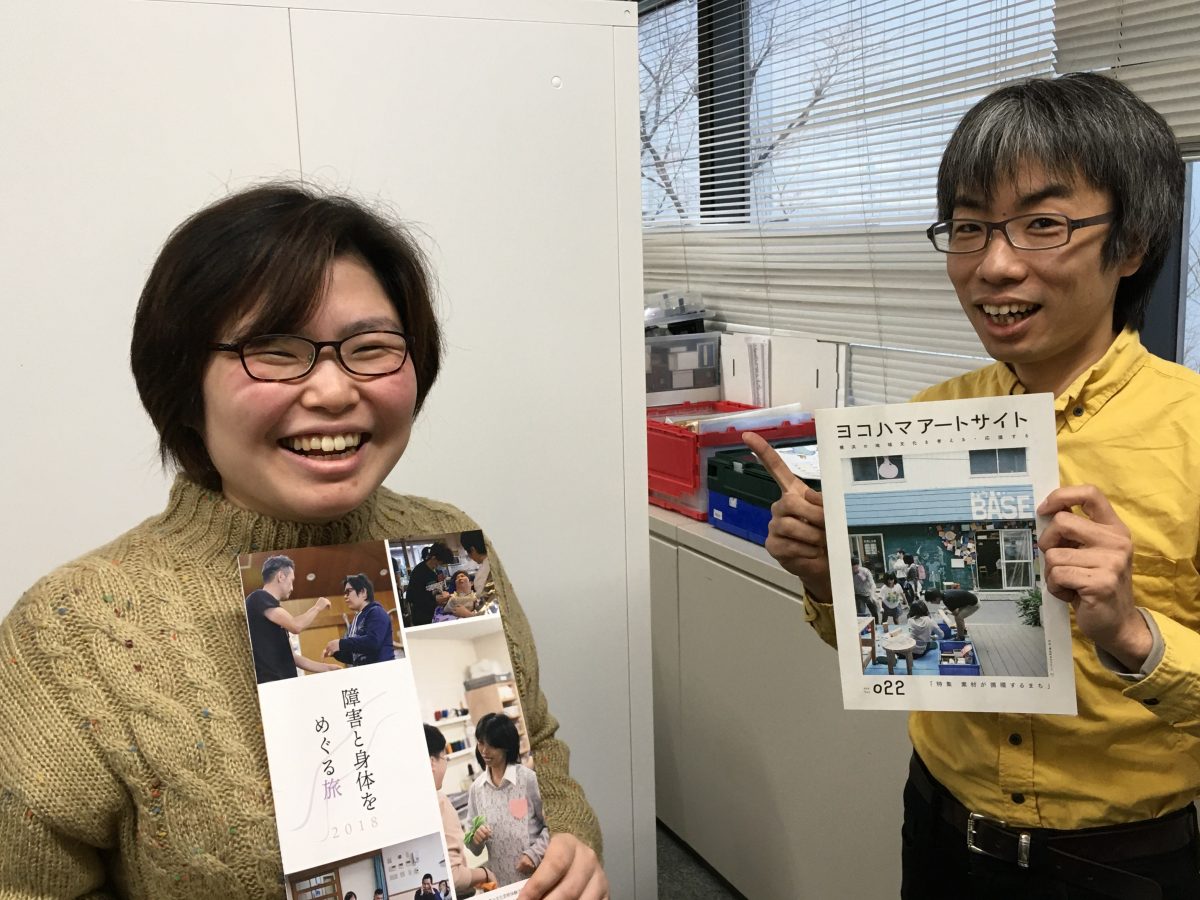
With limited operating funds, they turned their attention to the Kanagawa Voluntary Activities Promotion Fund 21, a collaborative project between Kanagawa Prefecture and NPOs. They proposed a project to "build new educational activities using art," and sent artists from various genres to schools to give "visiting classes." Over the course of five years, they learned to collaborate with people from a wide range of genres.
Since then, this project has continued to this day in collaboration with Yokohama City as the "Yokohama City Arts, Culture and Education Platform."
"There were about 20 schools involved in the collaborative project with Kanagawa Prefecture, so we contacted all the schools, listened to their requests, and matched them with artists. We also accompanied them on the day. It was a rich and enjoyable time, but it was difficult to expand our activities by ourselves. So we asked local halls, specialized museums (Yokohama Red Brick Warehouse, Yokohama Minato Mirai Hall, Yokohama Museum of Art), art NPOs, etc. for cooperation. Currently, 38 organizations, including us, are serving as coordinators, and this year we are carrying out projects in 146 schools out of the approximately 500 elementary schools, junior high schools, and special needs schools in Yokohama City." (Secretary-General Tanaka Mami)
"In projects like this, it's important not to narrow it down from the start with, 'Is it theater? Is it music?' Anything is fine. For example, if someone says, 'I want to bring out the best in children,' dance might be good, or we could do something with music. By making a variety of suggestions, we try to lower the barrier to getting involved with art." (Ogawa)
The results of this project will lead to the "Yokohama Art Site Regional Cultural Support Project" and the "Project to Develop the Infrastructure for Artistic and Cultural Activities in the Welfare Sector."
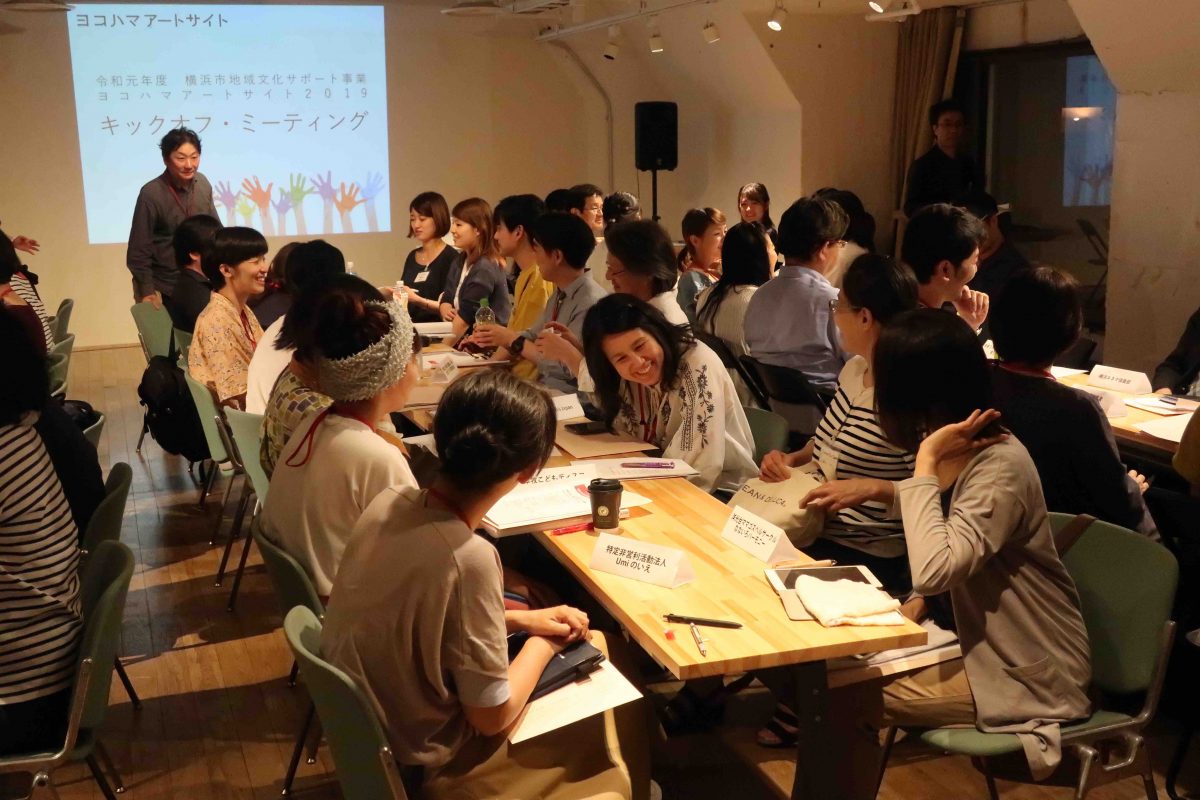
*Yokohama Art Site 2019 Kick-off Meeting
The "Yokohama Art Site Regional Cultural Support Project," which began in 2014, is a project that provides various forms of support for art-based community building, art festivals, and the creation of unique Yokohama artworks, all of which are held throughout Yokohama. The support provided is wide-ranging, including screening for grant applications, holding hearings to improve systems, and creating newsletters.
The challenge here is the definition of art.
"What is art? It's a very difficult definition. There is edgy art, festivals are a kind of art, and activities to create a community through art with foreign children could also be art. There is no clear answer, so we can't make a judgment without looking closely at local activities, and we won't be able to discover anything new or hidden." (Ogawa)
They have been trying various things, such as holding discussions on the theme of "What is Yokohama's local culture?" In 2019, they received 47 applications, of which 29 were selected.
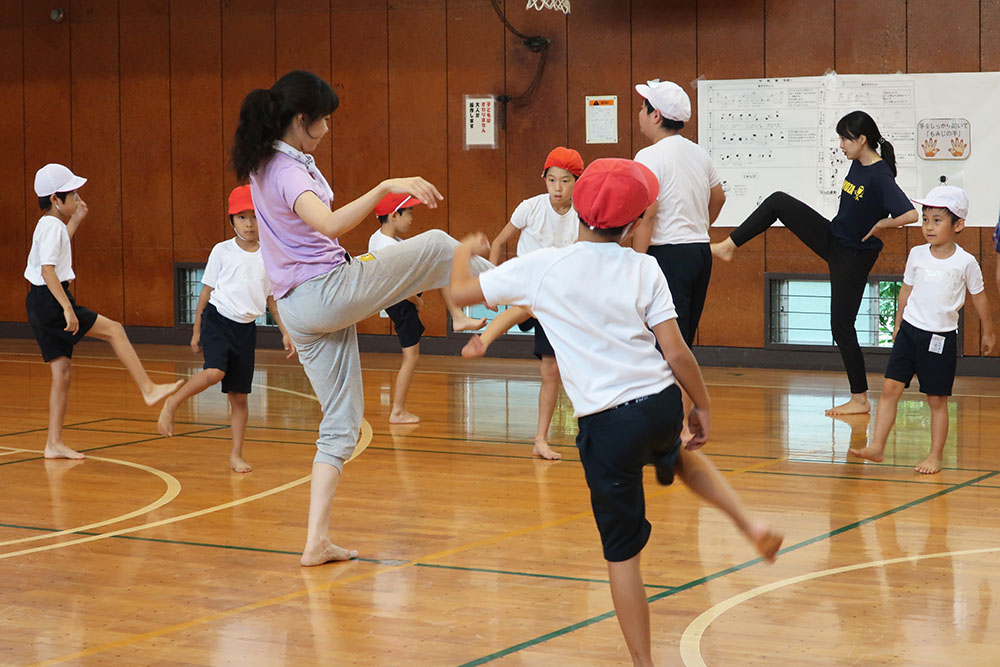 *Implemented at: Yokohama Municipal Shikinomori Elementary School / Artist: Anna Totori (dancer/choreographer)
*Implemented at: Yokohama Municipal Shikinomori Elementary School / Artist: Anna Totori (dancer/choreographer)Since it was decided that Tokyo will host the Paralympics in 2020, there has been a surge in initiatives involving people with disabilities and the arts.
ST Spot Yokohama has teamed up with Kanagawa Prefecture to carry out a "Project to Develop the Foundation for Art and Cultural Activities in the Welfare Sector," which includes collaborative workshops between artists and people with disabilities, research, study sessions, and site visits aimed at creating artwork. Since there was no familiarity with carrying out artistic activities in welfare facilities, the first step was to hold study sessions where people working there could talk to each other. They are also conducting research to cover a wider area of the prefecture.
"The people at the welfare facility are doing a great job, but there's a limit to what can be done within the facility, and the atmosphere becomes stagnant. That's why I think it's meaningful to have people from outside come in and provide stimulation and freshen things up. In the future, I'd like to see other halls and cultural facilities become hubs for these kinds of activities as well." (Tanaka)
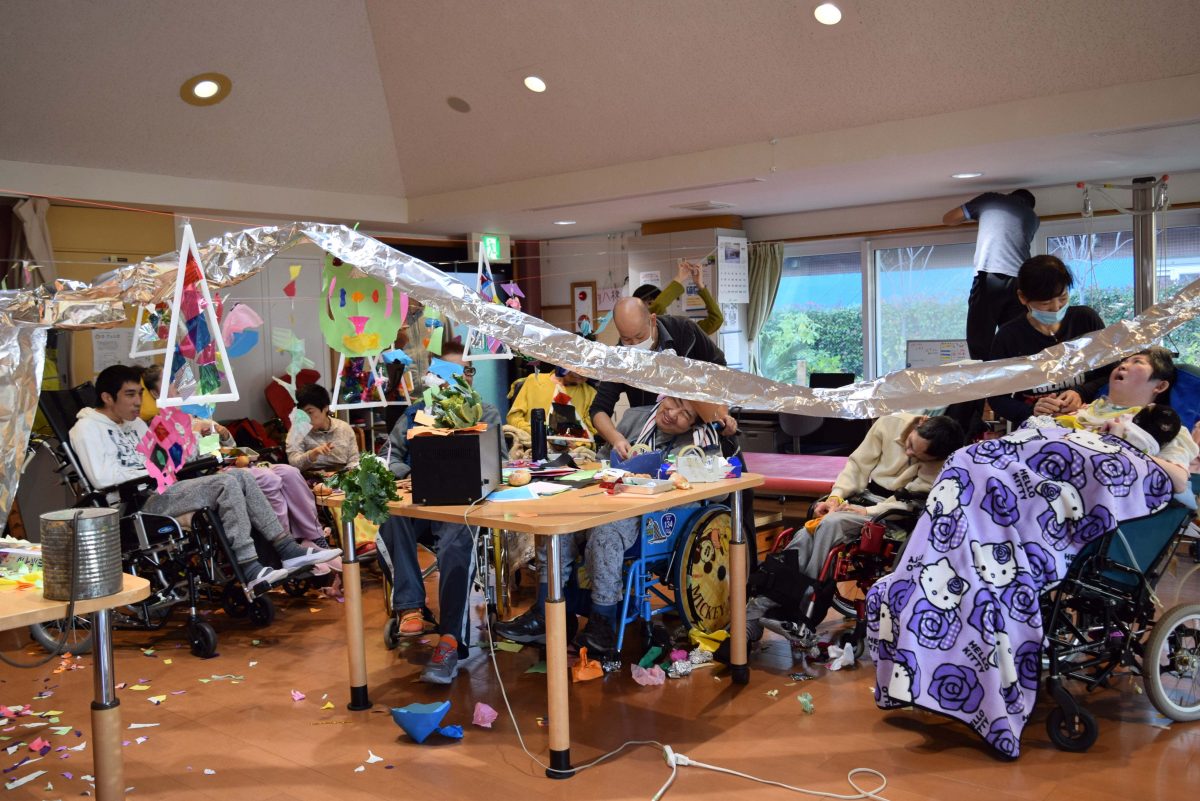
*Implementing facility: Liaison Kasama, a support facility for people with disabilities / Artists: Dui (artistic unit), Junpei Katsumi (PARADISE ALLEY BREAD&CO)
I believe that by repeatedly trying new things with these activities, ST Spot Yokohama has made a significant contribution to opening up art to the city and helping it to take root.
Finally, Mr. Ogawa told us what is important to him.
"Theaters are theaters, and they continue to operate freely. Although we must maintain a balance between public interest and the public interest, we are careful not to do anything that would oppress artists as a place for creation and presentation."
